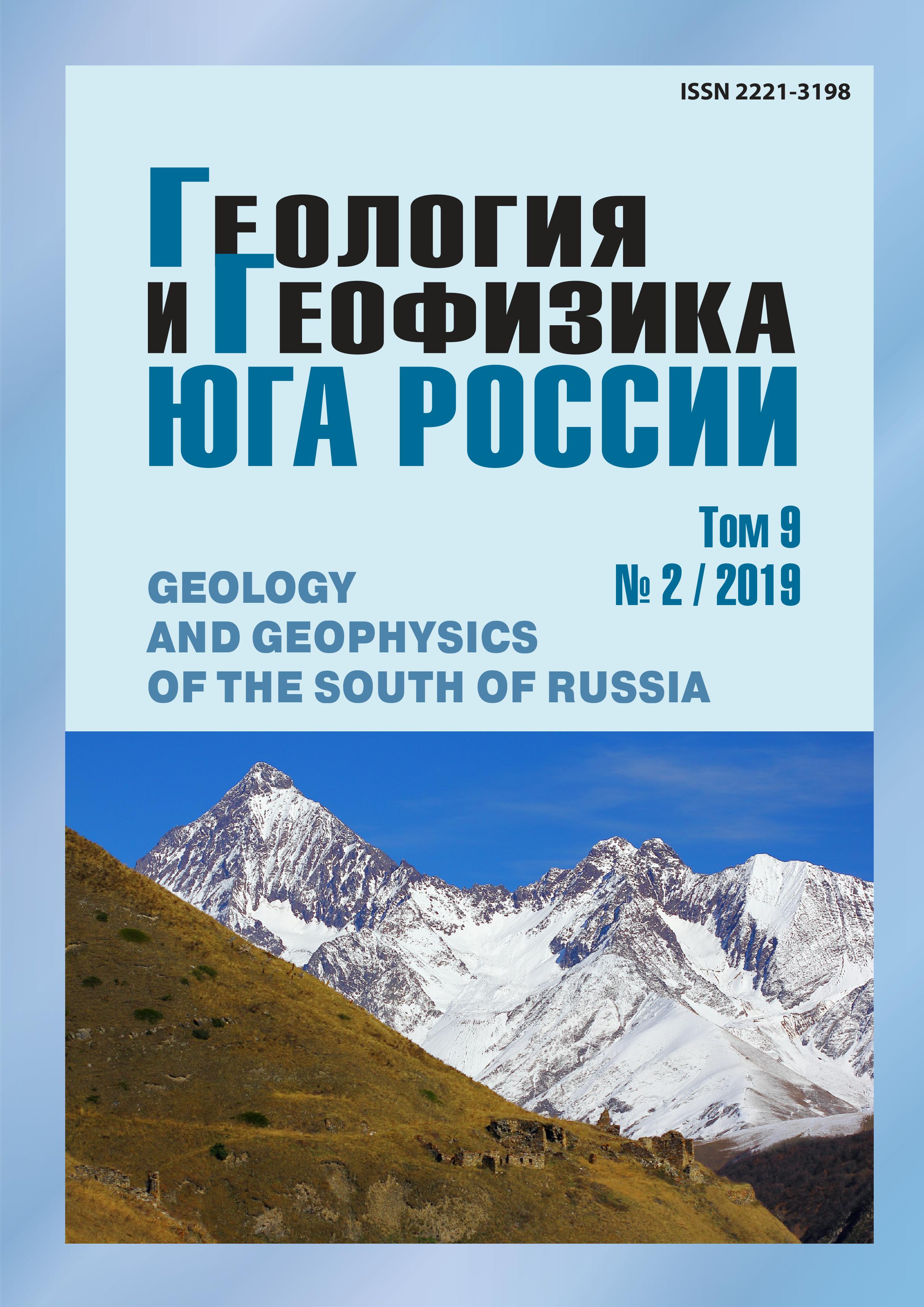The Folded Structures of Gagra-Java Zone of the Greater Caucasus (Cross-sections Along the Rivers Tskhenistskali and Rioni) and Conditions of its Formation
Keywords:
Greater Caucasus, Gagra-Java zone, Tskhenistskali, Rioni, microcontinent, stratigraphy, folded structure, move up, tangential compression, stages of evolution, flexure, disharmony
Abstract
Gagra-Java zone represents the southernmost tectonic unit of the Greater Caucasus and located along the boundary with the Black Sea-Transcaucasian microcontinent (microplate). In geological building of the discussed area of the Gagra-Java zone are participating sandy-clayey deposits of lower, middle and upper Jurassic, volcanic rocks of the middle Jurassic, and carbonates of Cretaceous and Paleogene, with 6 km of total thickness. During the detailed regional works, in the studied area, along the intersection of gorges of rivers Tskhenistskali and Rioni, the geological-structural sections of 20‑30 km length accordingly were composed. The common characteristic of the folding developed in the Tskhenistskali section is the south-western strike (230-260o) of the structures. In the Rioni section mainly developed the structures with north-western strike (285-315o) of axis. Folded structure of the Mesozoic deposits of the Tskhenistskali section differs by multi-ordinal and different dislocation of formations. In the limits of geological-structural profile there were defined folded areas bounded by steep faults and deformed differently and sometimes difficult to identify as the same structure. The reason of such collage of different dislocations is the vertical disharmony of the folding and multiple overprint of tangentional compression of different orientation. Folding of Middle-Upper Jurassic and Cretaceous deposits of the Rioni section is relatively simple. It is forming gentle flexure like up to 30 km wide fold of the first order. According the level of the folds developed in the area, gentle limb of the flexure in the southern part is complicated by bends dipping with angle 15-30o, the steeper limb of the fold is subvertical (75-85o). Folding of the Gagra-Java tectonic zone was formed at the early-, middle Alpine stage of the evolution of the Greater Caucasus during the manifestation of Bathonian (Adigean) and active at the boundary of Eocene-Oligocene (Pyrenean) phases of tectogenese. The folding took place in the conditions of the northeastern tangential compression of the region, stipulated by motion and pining of the Black Sea-Transcaucasia nmicrocontinent to the Gagra-Java zone. Late Alpine newest stage (late Miocene-Anthropogene) took place in the conditions of submeridional horizontal pressure on the active marginal Gagra-Java zone. These movement took place during newest and Quaternary phases of folding in conditions of collision of the Black Sea-Transcaucasian microcontinent and the Greater Caucasus. Multiple tangential compression of different direction promotes processes of formation of non-uniform folded structure of different age in Gagra-Java zone, which is continued today.
Published
2019-04-09
Section
Articles


